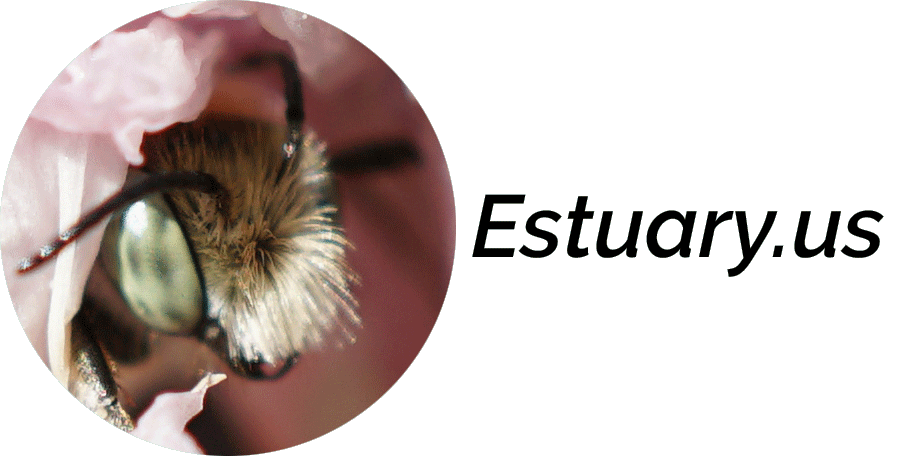
Last spring I started replacing non-native with native California plants around our house. I started with a couple small plots front and back and a slope on one side of our house. This spring I expanded this effort to include additional areas in the front and back yards.
The plants I put in this spring included a Ceanothus shrub, a hybrid known as Ray Hartman. I planted a Ceanothus because 1) several species of the shrub grow along nearby mountain trails where I like to hike; 2) it is an important pollinator shrub; 3) it has nice flowers in the spring, or summer depending on the species; and 4) once established, it requires no summer water. In the course of writing this article, I discovered yet another good reason to include a Ceanothus or two in a native plants garden: after they are broken down in the soil, the shrub’s spent leaves become an good nitrogen source for neighboring plants.
About 50-60 species of the genus Ceanothus have been identified. Roughly half of these are native to California. This genus of shrubs or small trees is a member of the of the Rhamnaceae family. Ceanothus has evolved to survive in low nitrogen soil despite the fact that nitrogen is an important nutrient that it requires. How did it evolve to survive in a soil that is low in nitrogen? Going back some millennia, the genus started trading favors with a bacterium in the genus known as Frankia. The partnership turned out to be mutually beneficial. Each partner had an intrinsic limitation or environmental reality that it was facing and required an adaptation in order to survive. As it turned out for these two, a shrub and a bacterium, a symbiotic exchange was the answer.
Frankia lacks the chlorophyll found in green plants, so it cannot photosynthesize energy from the sunlight but it is great at nitrogen compound conversion. The genus Ceanothus lives in nitrogen-poor soil and yet it inexplicably, at least by me, skipped the chapter on nitrogen chemistry. As a result it cannot get enough usable nitrogen on its own but, it is great at photosynthesizing energy, or sugar, from sunlight. The partners discovered, probably very slowly, that an even trade was the best strategy for continued survival.
Filament-shaped Frankia absorb nitrogen from the atmosphere and convert it into a form that the Ceanothus’ roots can use. According to Peter del Tredici, a senior research scientist at the Arnold Arboretum, as the shrub grows, the bacteria infiltrate the roots and flood the root with hormones to prompt the plant to create root nodules (A Nitrogen Fixation: The Story of the Frankia Symbiosis, 27). Within the root nodules, Frankia convert nitrogen into a root-friendly component that the shrub can use. In return, the shrub photosynthesizes and shuttles sugar down its roots to the bacteria. Plant and bacteria evolved together. They established a niche within and probably have had a formative impact upon the ecosystems where they are found, because other plants benefit from their alliance. The late Bert Wilson of Las Pilitas Nursery included several nodule photos with a moving description he wrote about Frankia’s purpose within and benefit to the ecosystem it inhabits.
Research has shown that leaves shed by the Ceanothus plant are broken down by bacteria other than Frankia in the soil. One of the byproducts of the Ceanothus leaf’s return to basic elements is a form of nitrogen that is accessible to other plants that do not have a direct symbiotic partner like Frankia–but they do have a mighty nitrogen-fixing team as neighbors.

Lupinus aka Lupine is a wildflower that we have seen in abundance this spring because of the generous amount of rain southern California received during the winter. I have a couple of these plants in my garden, but with adequate winter rains they are ubiquitous in spring, appearing not only on mountain trails but in a triangle of dirt beside the entrance ramp to a freeway, for example. Lupine works with a nitrogen-fixing bacterium as well, not a Frankia bacterium but one in the genus Rhizobium. For more about the nitrogen-fixing plants (and their partners) of California read Bert Wilson’s There are Many Higher California Native Plant Species That Fix Nitrogen.
Finally, understanding the capability of plant and bacteria partnerships that fix nitrogen may present human beings with the opportunity to rely less on fertilizer to feed a hungry world. Fertilizer pollutes our water and soil and the effect is cumulative. Nitrous oxide, a byproduct of nitrogen fertilizer, is a potent greenhouse gas that contributes to climate change. Fortunately for all living things on the planet, there are scientists who are researching how we might turn to nitrogen-fixing on a large scale and farmers who are willing to test the hypothesis that less (fertilizer) might be just as effective, and thus better, than more.

